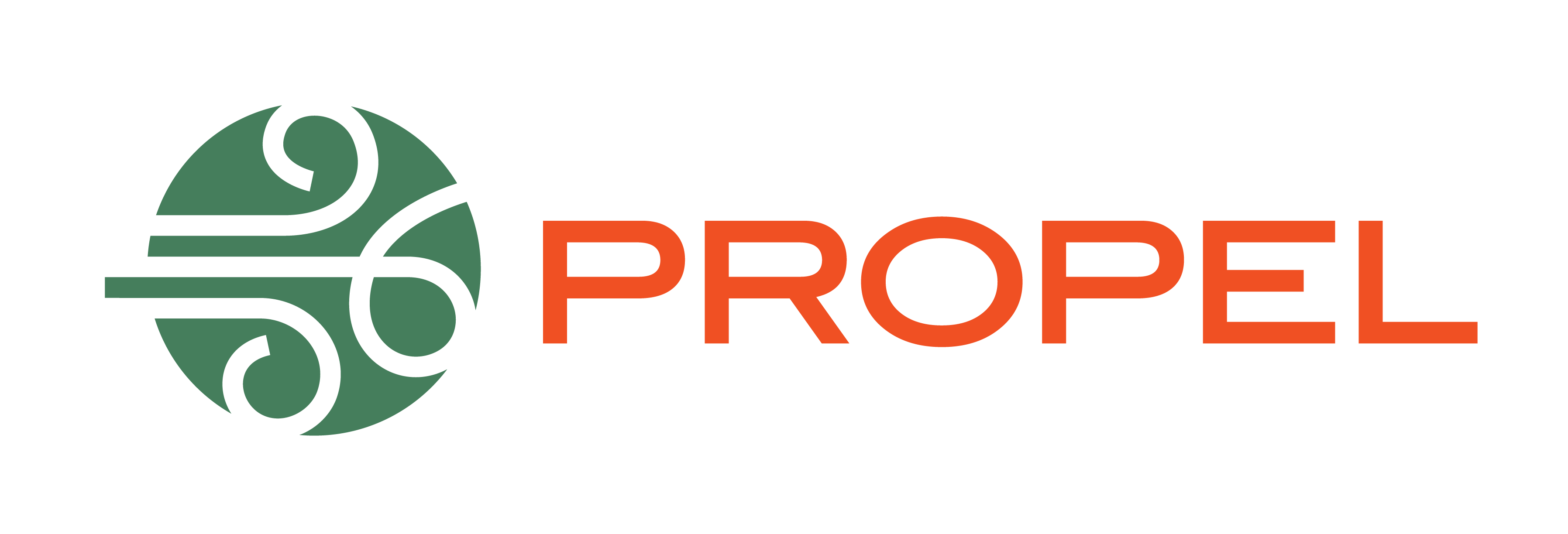Everyone knows that strategic planning has failed when you create a beautiful binder of lofty 3-year goals, backed by pages and pages of KPIs and action steps, and then put the binder on the shelf not to be opened again until it’s time for the next three-year plan. We know we’re not supposed to do that.
So what’s on your shelf?
Okay, maybe you’ve moved past the “binder gathering dust” phase, but let’s just put it more plainly: Are your long-term goals meaningful to your individual employees? When your marketing coordinator is banging out that member newsletter, are they really connecting it to your long-term objectives? Do they have any clue as to why they are working on the newsletter versus some other way of providing member value or (perhaps more importantly) growing the organization’s impact?
If they don’t, well, they should. In the most effective organizations, every individual employee can make a clear and direct connection between the work they do on a daily basis and the organization’s short-term, medium-term, and long-term goals, targets and purpose. We call this strategic line of sight, and it improves employee engagement, sharpens focus, and generates smarter, faster decisions at every level of the organization.
To achieve this, you’ll need to rearrange your systems of both strategy and execution. Organizations tend to make “strategy” a long-term thing—that retreat with the board that develops the three-year strategic plan. Then the top of the organization converts the strategy into an “operating plan” that is one year long, with a corresponding budget.
This is a mistake. Strategy is really about prioritization—making choices, or what Jeff De Cagna and I used to call “strategic moves” that are designed to propel your organization forward. Those strategic moves have implications down to what your marketing coordinator is working on this month, this quarter, next quarter, next year. Everyone should be making clear choices that move the needle on short-term, medium-term, AND long term strategic priorities.
When you do this right, your people will experience their work as much more meaningful and you’ll probably start finishing projects ahead of schedule and under budget.
We help organizations create and implement a system of line of sight, so please reach out if you’d like to learn more.
Photo by David Klein
